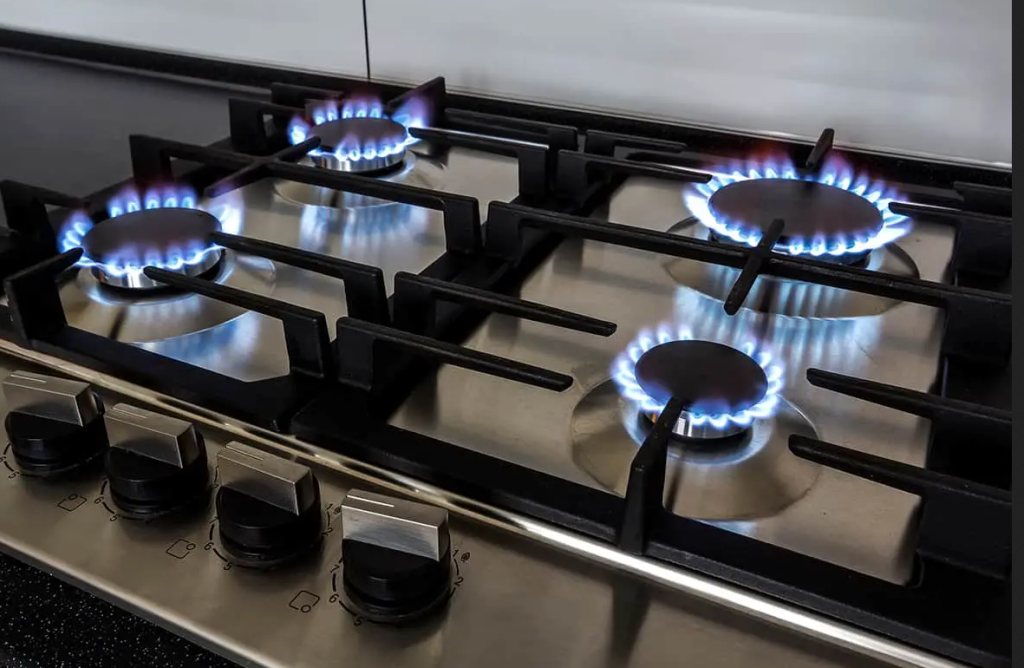Low heat temperature is an important concept to understand when cooking. It refers to temperatures between 200° F and 300° F used for slow-cooking techniques such as poaching, braising, simmering, and stewing. Low heat temperature is ideal for these dishes because it allows the food to cook slowly over time and at a gentle pace, which helps achieve a tender texture, full flavor, and overall better results.

What’s unique about low-heat temperature cooking is that it can be used for many different ingredients without the risk of burning or overcooking them. For example, proteins like chicken or pork can be cooked over low heat without becoming dry on the outside while remaining juicy inside. The same goes for vegetables; they retain their vibrant color and natural sweetness when cooked with low heat instead of at higher temperatures and tend to burn quickly.
Low heat also promotes even cooking since it gently warms up food from the outside rather than focusing on one area at once. This ensures that all parts of the ingredients are cooked evenly instead of having some sections burned while others remain undercooked. Additionally, this technique requires less added fat since the low heat prevents sticking and burning. Ultimately, this allows chefs to prepare healthier meals without sacrificing flavor!
Although it takes longer than other methods like high-heat roasting or searing, low-heat cooking has numerous benefits that make it worth the wait. It creates softer textures with deeper flavors in meats and vegetables while allowing chefs greater control over how long each ingredient cooks for maximum flavor and nutrition retention. Plus, this type of cooking often requires fewer additional ingredients like oil or butter to keep things from sticking or burning.
Temperatures in cooking are:
- The low heat temperature is 200° F to 300° F, used for slow cooking.
- Medium heat temperature is between 300° F to 400° F (149° C to 204° C).
- The high heat temperature is between 400° F and 600° F.
Learn more about Medium High Heat temperature.
Overall, low heat temperature is an important concept to understand when it comes to cooking because it offers many benefits, such as even heating throughout ingredients and increased moisture retention, resulting in more decadent flavors, softer textures, and more nutritious results. Whether you’re a professional chef or just starting in the kitchen, understanding how to use lower temperatures can help ensure success every time you cook!
- How Many Tablespoons is One Clove of Garlic? - June 26, 2024
- How to Measure 3/4 Cup When You Don’t Have the Right Measuring Cup? - June 6, 2024
- How Much Does Cooked Pasta Weight Compare To Dry? - April 30, 2024
